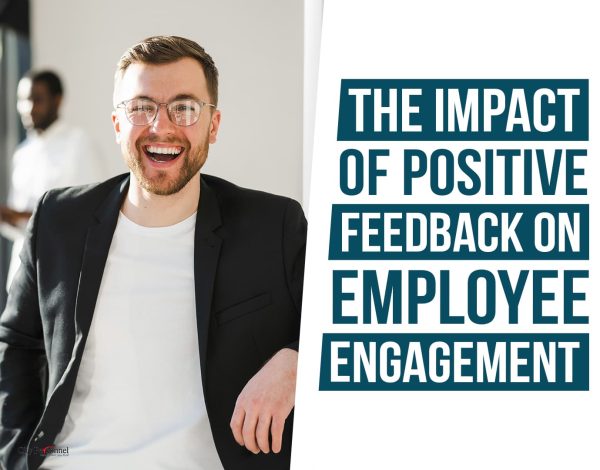In the bustling world of business, where productivity is like currency and innovation fuels momentum, the role of feedback cannot be overstated. While negative feedback often hogs the spotlight, its counterpart—positive feedback—boasts a set of benefits that can transform a workplace environment. This comprehensive piece is a deep dive into the power of positive feedback, spotlighting its significance, best practices for delivery, and the profound impact it has on performance and morale.
Unpacking the Vital Role of Feedback
For managers and HR professionals alike, the act of providing feedback is a pivotal skill. Feedback is a mirror, reflecting an employee’s performance back to them. When this reflection is one that highlights strengths and achievements, it can do wonders for professional development and team cohesion.
There are two types of feedback that you can give out and receive: positive and negative feedback. Though often overshadowed, positive feedback is a potent tool for reinforcing desirable behavior and performance. In contrast to negative feedback, which tends to focus on what’s gone wrong, positive feedback celebrates what’s gone right. It creates a virtuous cycle of employee growth and confidence while impacting the organization as a whole.
The Benefits of Positive Feedback
Whether it’s a pat on the back for a job well done or a more formal recognition program, positive feedback has a ripple effect that can be felt throughout the company.
When employees feel their efforts are valued, their morale soars. This morale boost is not just a fleeting high; it’s a sustainable motivator that drives individuals to seek greater challenges and accomplishments.
Engagement is the fuel that powers productivity. Positive feedback serves as a direct line to boosting employee engagement, with 84% of employees noting that they’re more engaged when they receive fast feedback.
It’s a fact: happy employees are more productive. Positive feedback cements the behavior that leads to success, which in turn enhances overall performance and drives up productivity metrics.
The Art of Conveying Constructive Feedback
Positive feedback, like any tool, yields the best results when employed with finesse. Here, we will explore the nuances of delivering positive feedback in a manner that is not only impactful but also fosters a culture of excellence.
A simple, sincere “thank you” can go a long way. Verbal praise is immediate and can be a powerful motivator, particularly when it comes from someone whose opinion an employee values.
Emails, notes, or even formal letters of gratitude can be preserved by employees as tokens of their achievements. This form of feedback also serves as a clear record of accomplishments, which can be especially valuable during performance reviews.
Lastly, rewards and incentives are tangible manifestations of an employee’s contribution. Public recognition ceremonies, bonuses, or even a casual dress day can symbolize the organization’s appreciation for its workforce.
When to Offer Feedback
The efficacy of feedback lies heavily in its timeliness. Late praise may not have the same motivating effect as a prompt “well done.”
Be specific and timely. General assertions about “good work” are nice but impersonal. Specific, timely feedback resonates more deeply and is often remembered and repeated by the employee.
Authenticity is the lifeblood of feedback. To deliver truly effective positive feedback, it must be sincere and specific to the employee’s actions.
Lastly, positive feedback isn’t devoid of guidance for improvement. It can—and should—outline what the employee did well and how they can continue to excel.
The Ripple Effect: Feedback and Employee Satisfaction
Employee satisfaction is the compass that points towards employee retention and loyalty. Let’s explore how positive feedback acts as the lodestar for these critical elements of workforce longevity.
Individual accolades contribute to a collective sense of accomplishment. When employees feel they belong to a team that is consistently achieving and being recognized for its successes, their job satisfaction naturally increases.
Also, a workplace that acknowledges and values its employees is one in which staff will want to invest. Positive feedback builds a two-way bridge of loyalty that connects employees to their work and to the organization.
Remember, high employee turnover can be a staggering operational cost. By fortifying employee satisfaction, positive feedback can reduce churn by creating a workplace that people actively choose to stay in.
In sum, positive feedback is not just a ‘nice-to-have’ in the workplace; it’s the cornerstone of a dynamic, engaged workforce. Its impact on employee satisfaction, performance, and retention are testaments to its enduring value and should be a critical part of any manager’s or HR professional’s toolkit.








